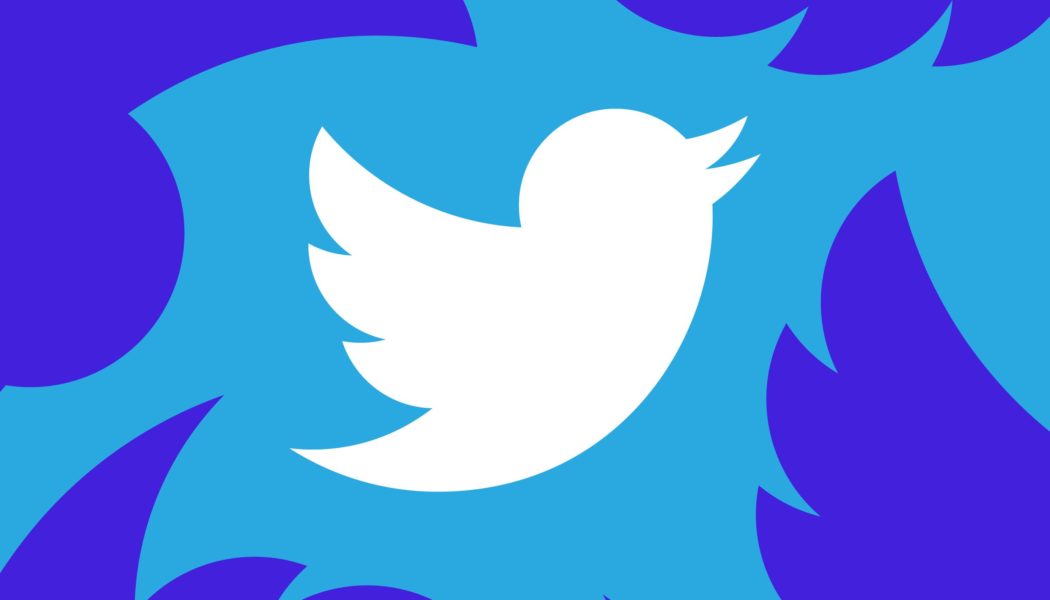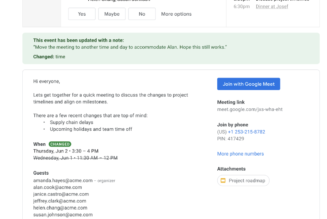A surprising amount of the Twitter experience came from alternative apps — and now they’re gone.
:format(webp)/cdn.vox-cdn.com/uploads/chorus_asset/file/23951428/acastro_STK050_02.jpg)
The age of great third-party Twitter clients may be over. After Twitter cut off their API access and changed its rules to bar apps that compete with its own, The Iconfactory has announced that it’s discontinuing Twitterific, Fenix has been pulled from app stores, and Tapbots has posted a memorial for Tweetbot. It’s a loss for all the people who used the apps and, almost certainly, a loss for Twitter itself.
As many people have pointed out over the past week, third-party clients helped make Twitter the platform it is today, innovating parts of Twitter we take for granted and, in the early days, helping form the company’s very identity. They’ve also acted as a safe haven from unwanted changes, helping to keep people tweeting when they were ready to give up on the platform.
:format(webp)/cdn.vox-cdn.com/uploads/chorus_asset/file/24375461/Screenshot_2023_01_20_at_17.17.10.png)
Take, for example, that word I just used — tweeting. The idea that a “tweet” would be what we call a Twitter post didn’t actually come from the company itself, according to a blog post from Twitterific developer Craig Hockenberry. Instead, it was suggested by Blaine Cook, a QA tester for The Iconfactory’s third-party client, and immediately adopted. It wasn’t until at least a year later that Twitter the company started using the phrase too. (Originally, Twitter preferred “twittering.”) Twitterific also led the way in using a bird logo.
Third-party apps have had a massive impact on how we use smartphone apps in general, not just Twitter. A client called Tweetie is widely credited for inventing the pull-to-refresh interaction that’s become almost ubiquitous throughout iOS and Android for refreshing all sorts of feeds. Even if you haven’t heard of Tweetie before, you may have used it; in 2010, Twitter acquired it and made it the official iPhone client. In 2015, the company also hired a developer of a different third-party client to improve its Android app.
:format(webp)/cdn.vox-cdn.com/uploads/chorus_asset/file/24375402/tweetie.png)
It’s also not the only time Twitter acquired a popular third-party client outright. TweetDeck, a part of The Verge’s newsroom to this day, was an independent app for years until the company bought it.
Third-party client users, who numbered in the millions in 2018, often enjoyed features years before they came to the official app. Echofon added the ability to mute unwanted users and hashtags in 2011, a feature the official versions didn’t get until 2014.
:format(webp)/cdn.vox-cdn.com/uploads/chorus_asset/file/24375375/friends.png)
The apps have also acted as safe havens from Twitter’s changes; they didn’t have the flood of recommended and out-of-order tweets that the official app did, and they gave us options for using a Twitter app for Macs after the official one was discontinued for a year. And, yes, people have used third-party clients to get an ad-free Twitter experience, not because they purposefully stripped out ads but because Twitter didn’t serve them through the API. (Side note: it’s hard to believe that Twitter couldn’t have made alternative apps serve ads if it wanted or needed to.)
At times, Twitter has seemingly recognized the value outside developers added. “3rd party clients have had a notable impact on the Twitter service and the products we built,” read a 2018 memo from Rob Johnson, who was the company’s developer platform lead at the time. “Independent developers built the first Twitter client for Mac and the first native app for iPhone. These clients pioneered product features we all know and love.” And in a 2010 blog post, Twitter said people who used third-party clients were “some of the most active and frequent users, noting that “a disproportionate amount of the traffic from Twitter runs through such tools.”
Despite the praise, the relationship between Twitter and outside developers was often fraught. The company’s developer agreement has had an off-and-on rule barring alternative apps that competed with its official clients, and for years the company introduced new features that it didn’t support in its API, meaning that third-party clients couldn’t have them.
Before Musk took over, however, the company appeared to be making amends. It clarified its rules with the express intent of making things easier for third-party clients, started communicating more, and its API v2 finally gave developers access to features like polls and group DMs. In late 2021, Tapbots co-founder Paul Haddad told me, “the pace of development and open-ness have been significantly improved compared to some of the darker days.” And in 2022, he called the company releasing a v2 version of its home timeline API “an indication that they’re going to continue to allow and even encourage alternative clients.”
It’s not just third-party clients that have made the Twitter experience better. There are several other outside tools that have improved the experience, such as Thread Reader, Block Party or Twitlonger. (Historically, Twitter users relied on a third-party tool called TwitPic to post pictures to the site before that feature was built-in.) Most of those apps appear to still be working, but as we’ve seen, that could change at any time, and Twitter has the ability to prevent you from posting links to them.
Of course, doing so would likely result in massive user backlash and would make the service worse. But based on Twitter’s recent actions, that wouldn’t make it out of the question.
I’m not trying to argue that Twitter has never come up with features on its own, or picked up user suggestions on its own, because it has. (The retweet, hashtag, and @ mention were famously invented by users, sometimes with the help of third-party apps, but Twitter implemented them effectively.) My point is that an ecosystem of third-party apps competing with each other and the official client is going to produce more good ideas than a single company could on its own.
Elon Musk just decided to throw all of that away. Twitter has abruptly cut itself off from that stream of ideas — the stream that produced its apps, some of its most popular features, and much of its core identity. Even if he backtracks, why would developers spend their best ideas on a company that’s burned them so badly?









